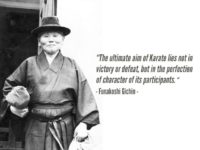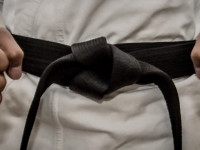Translating the Niju kun Master Gichin Funakoshi laid out the Niju Kun (Twenty Precepts of Karate) for all Karateka's to follow. These principles form the foundations of Shōtōkan Karate-Dō. These twenty principles were based heavily on Bushido and Zen. The principles allude to notions of respect, humility, compassion, patience, awareness and both an inward and outward…
Learn more
Twenty Precepts of Karate (Niju Kun)



